The ten innovations identified over the past week illustrate that the federal government is not the only political game in town. Our nation is a federal republic and when Washington dithers, states and metros are quick to innovate on matters of national significance.
These innovations, however, are not singular events.
First, they are relevant to other states and metros that are similarly experimenting with bottom-up approaches in shaping the post-recession economy. States and metros have a long history of observing and learning from each other, and then adopting and adapting policy innovations to their own distinctive circumstances.
In a pre-Internet age, innovations were spread the old fashioned way, via conferences and other meetings. Today, they spread virally through multiple channels. Watching innovation is no longer merely a question of program performance or investment return; it is an issue of how quickly it spreads to other parts of the country, large and small.
Second, these policy and practice innovations have much to teach Washington. If history is any guide, an innovation in the states and metros today becomes a federal program or policy tomorrow. Obama’s health care reform emerged from Romney’s Massachusetts. Obama’s tri-agency Sustainable Communities Initiatives emerged from 15 years of smart growth experimentation at the state, regional and metropolitan scale. The recent Regional Innovation Clusters initiative, spearheaded by the Economic Development Administration, built upon over 20 years of cluster-focused economic development strategies implemented by states and metros throughout the United States. And so on across the entire federal government.
Similarly, the innovations identified the past week have the potential to affect both what Washington does and how it does it.
At the broadest level of narrative and paradigm, the state and metropolitan growth model offers the promise of more jobs (to resolve America’s employment deficit), better jobs (to make work pay) and more accessible jobs (to ensure workers can actually get to jobs). At the more granular scale, each of the selected innovations has enormous implications for specific federal policies and institutional organization and practice.
Michigan’s infrastructure strategy illustrates the need for Washington to design and implement a national freight strategy and help modernize our freight hubs and corridors across the nation.
New York State’s cross-program regional competition shows the way for new multi-agency initiatives that join up investments that should be allocated in tandem rather than separately (e.g., economic and workforce development, housing and transportation resources writ large).
And Los Angeles’ invention of metropolitan export planning should be used to inform the much stated desire, across both parties, to consolidate trade and export agencies and programs under one roof.
In the final analysis, however, the state and metro innovations in full bloom today may have even greater influence than the traditional American playbook of horizontal replication and vertical scaling. We may have entered a phase in our federal republic when the division of responsibilities between and among different tiers of government may be rearranged, due to federal fiscal retrenchment on one hand and state and metro willingness to engage on the other.
The post-recession rallying cry to the federal government may be: Do less, better. And, in a period marred by month-to-month extensions of critical federal programs and powers, that may be the most profound consequence of them all.
The Brookings Institution is committed to quality, independence, and impact.
We are supported by a diverse array of funders. In line with our values and policies, each Brookings publication represents the sole views of its author(s).
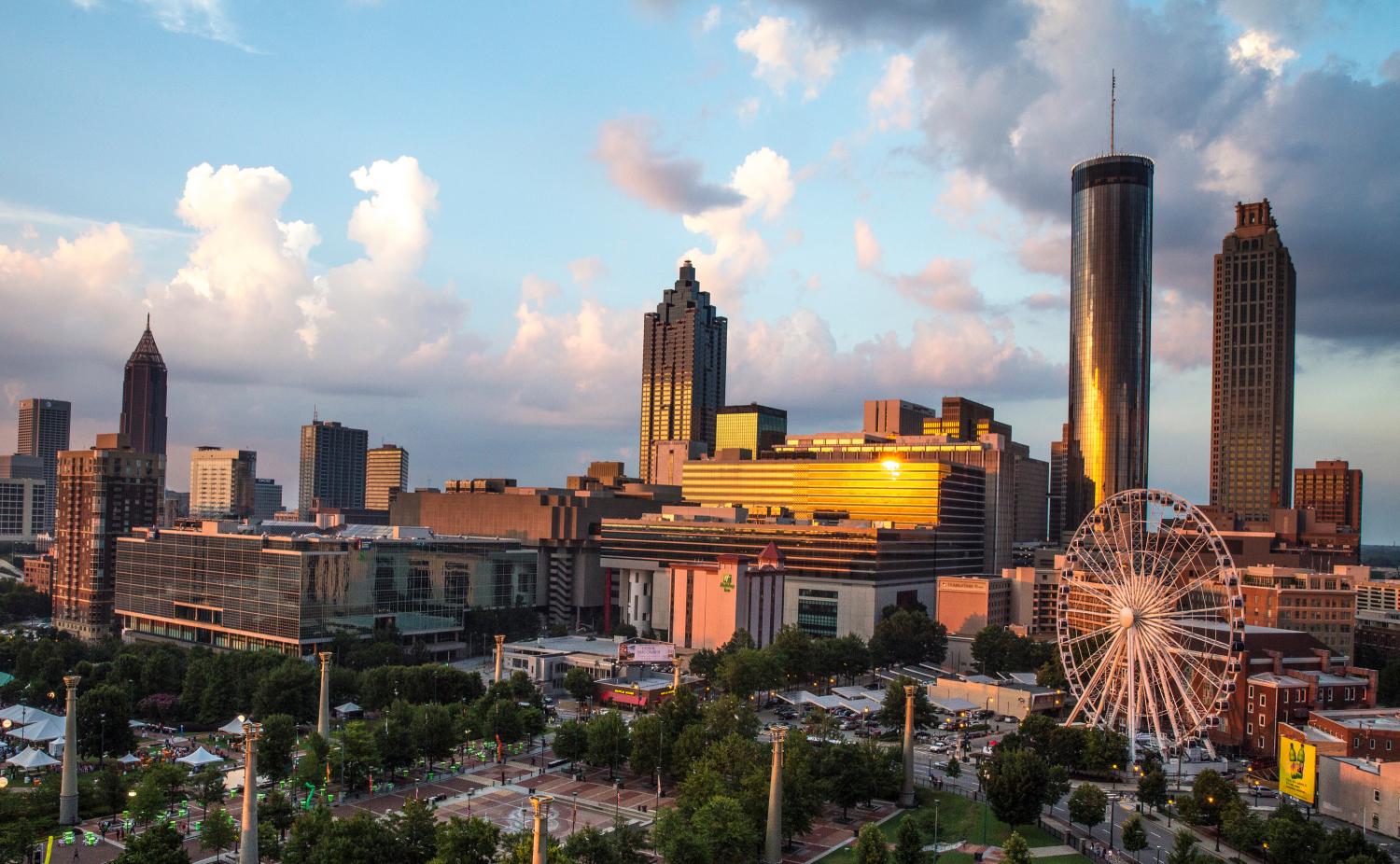
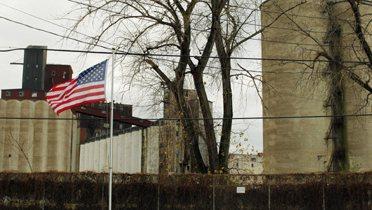

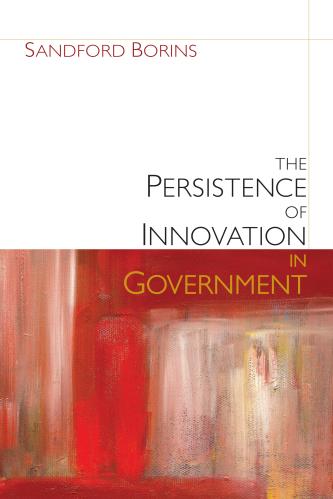
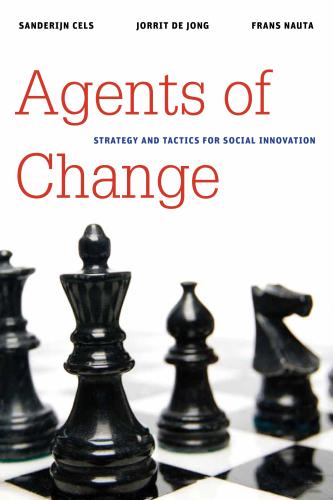
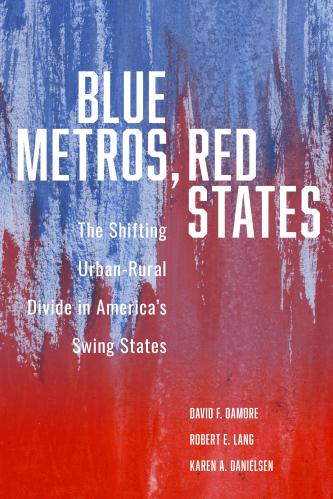



Commentary
What the Federal Government Can Learn From Metros
January 20, 2012